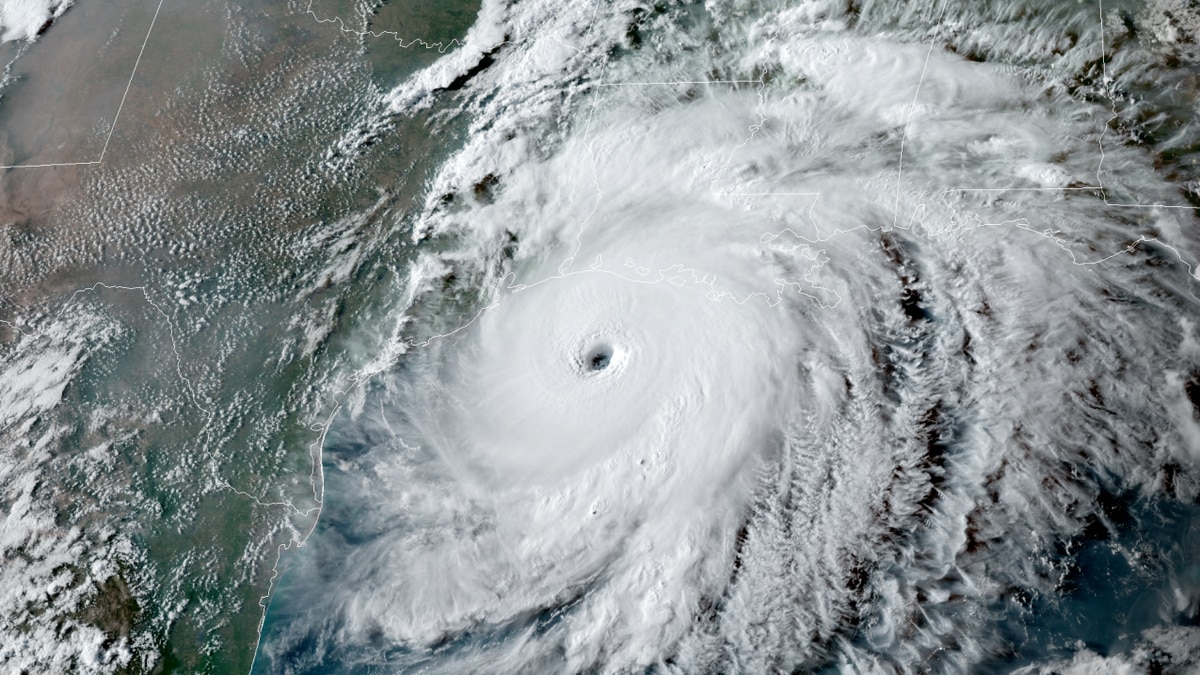Coastal states are preparing for more tropical storms to hit land.
From mid-August to October, tropical storms are prevalent throughout the Atlantic and Pacific oceans. According to WCNC, peak season hits on September 10, following multiple storms making landfall on or near the U.S.
Florida was hit hard by Hurricane Idalia after it first made landfall in the Big Bend early Wednesday morning.
The hurricane, classified as a Category 3 hurricane at landfall, pushed a “wall of destructive water into coastal communities, shutting down part of a major interstate and knocking out power to hundreds of thousands of people,” according to the Miami Herald.
After weakening down to a Category 1 storm, Idiala crossed over to southern Georgia where it was then classified as a Tropical Storm. The effects of the storm continued into Thursday when it began hitting parts of the Carolinas.
Tropical Depression Harold hit Padre Island, Texas, last week. According to Spectrum News 1, heavy rains, gusty winds, and flooding occurred. The hit from the storm impacted power for parts of Texas, leaving 300,000 people without power. The storm quickly weakened after making landfall and dissipated.
Hurricane Franklin missed Florida following its zig-zag path across the southeast Atlantic.
After hitting the Dominican Republic last week, Tropical Storm Franklin moved northeast across the Atlantic and was reclassified as a hurricane.
The reclassification was a result of the increased wind speed.
“Hurricanes and tropical storms are both tropical cyclones that are rotating systems of clouds that form over tropical or subtropical waters. Their classification is determined by wind speed,” The Hill said.
A tropical storm has wind speeds from 39 to 73 mph, whereas a hurricane has rates greater than 74 mph.
Florida and other coastal states were still expected to see some impact from the storm.
“Franklin will likely send some high surf to the East Coast early next week, especially from North Carolina to New England. That could create dangerous beach conditions, including rip currents, in some areas,” The Weather Channel said.
These are not the only storms that have impacted the southern coast.
“The Atlantic basin experienced an active start to the hurricane season with five storms that have reached at least tropical storm strength, including one hurricane already,” the National Oceanic and Atmospheric Administration said. “An average hurricane season produces 14 named storms, of which seven become hurricanes, including three major hurricanes.”
For the first time in 84 years, the west coast was also hit by a tropical storm. Tropical Storm Hilary hit southern California on Aug. 21 with one of the worst storms it has seen.
AccuWeather said the estimated damage could be anywhere from $7 billion to $9 billion in damage and economic loss, “which will go down in history as one of the most significant tropical storms to affect California.”
According to NBC Bay Area, these tropical storms could be more common because of the warmer waters in the area, which is a needed factor for the storms.
According to The National Oceanic and Atmospheric Administration’s climate prediction center, the number of storms impacting this year has been more than initially predicted. They have upgraded this year’s classification to “above average.”
“Forecasters believe that current ocean and atmospheric conditions, such as record-warm Atlantic sea surface temperatures, are likely to counterbalance the usually limiting atmospheric conditions associated with the ongoing El Nino event,” NOAA said.
El Nino is one of the two phases of a climate pattern called El Niño-Southern Oscillation. Its part is a periodic warming of a strip of water straddling the equator in the Pacific Ocean that occurs every two to seven years, according to Weather.com.
“El Niño can have a significant impact on weather patterns around the world. It is typically associated with droughts in Australia, flooding in Indonesia and the Philippines, and increased hurricane activity in the Atlantic Ocean,” Weather.com said.
“El Nino conditions are currently being observed, and there is a greater than 95% chance that El Nino will continue through the Northern Hemisphere winter,” NOAA said.
In its revised prediction, the NOAA estimated around 14 to 21 storms this year, and about half would be hurricanes.


